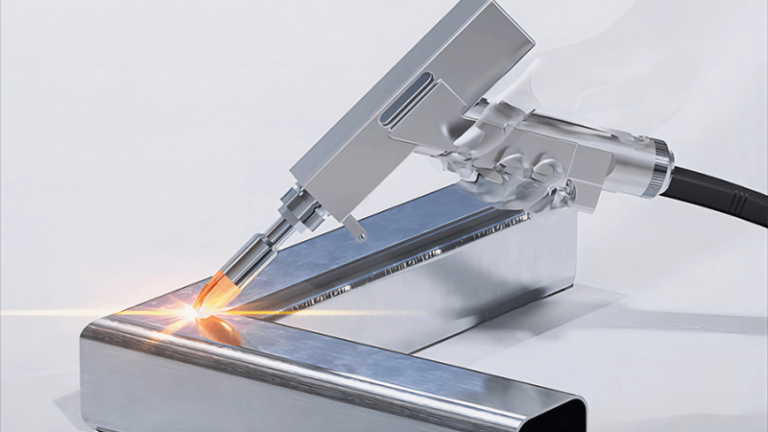In today’s metal fabrication world, every minute and every millimeter counts. Many workshops are switching to handheld laser welding and cleaning systems because they promise to simplify processes and save time.
Yes, the Kirin Laser LightWELD system is worth it for shops that need versatile, efficient welding and cleaning in one compact setup. It combines welding, cleaning, and cutting with consistent precision—ideal for small to medium fabrication needs.
When I first used this system, what struck me was how fast it cut down setup time. No more switching cables or tools between welding, rust removal, and seam cleaning. Everything was built into one handheld gun—simple, practical, and efficient.

How much does a laser welding machine cost?
Many buyers hesitate before investing in a laser welding machine because prices vary widely. It’s not just about wattage—it’s about what you’re actually getting for your money.
A high-quality handheld laser welding machine from Kirin Laser costs between $1,860 and $6,200, depending on power and configuration. The right choice depends on your material type, thickness, and daily production needs.
In my experience, the pricing sweet spot depends on output expectations. Here’s the breakdown of Kirin Laser’s pricing range for reference:
| Power | Model | Price (USD) | Recommended Use |
|---|---|---|---|
| 1200W | Entry-level | 1,860–2,745 | Ideal for thin stainless or mild steel sheets |
| 1500W | Mid-range | 2,285–2,935 | Great for general-purpose fabrication and repair |
| 2000W | Heavy-duty | 2,715–4,720 | Perfect for thicker metals and industrial applications |
| 3000W | Premium | 4,145–6,200 | Designed for high-volume and structural work |
Why the cost makes sense
Laser welding machines save on consumables and reduce post-weld grinding. Over months, the ROI often surpasses that of TIG or MIG systems1, especially when one machine replaces multiple tools. You’re paying not just for wattage, but for flexibility—especially when welding and cleaning are integrated.
I remember working with a small metal shop that used to buy separate welders and cleaners. Their combined setup cost was almost $8,000. When they switched to a 1500W Kirin Laser2 handheld unit, they halved their investment and doubled their efficiency. The math was simple, and the impact was immediate.
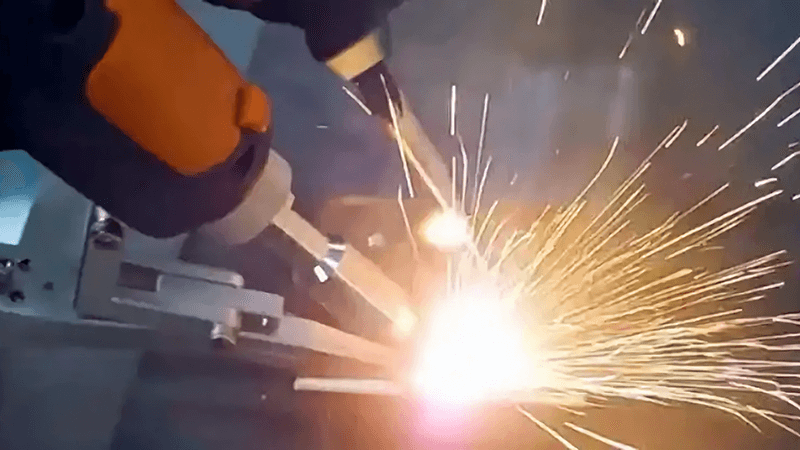
Is handheld laser welding real?
It’s easy to think handheld laser welding is just another passing innovation. But step into any modern fabrication shop, and you’ll see it changing the workflow.
Yes, handheld laser welding is absolutely real. It’s a fiber-laser-based process that replaces traditional MIG/TIG methods with faster, cleaner welds and minimal distortion—all in a portable format.
How it actually works
A handheld laser welder3 directs a concentrated beam through a fiber cable to melt the joint area. Because it’s so focused, heat distortion and burn-through are minimal. Add in the cleaning mode, and the same unit can prep or polish metal surfaces with a simple mode switch.
| Mode | Function | Benefit |
|---|---|---|
| Welding | Fuses metals with precision laser energy | Strong, neat joints with low spatter |
| Cleaning | Removes oxides, rust, paint | Prepares surfaces before welding |
| Seam Cleaning | Polishes after welding | Improves appearance and corrosion resistance |
| Cutting | Trims metal sheets | Perfect for small repair jobs |
My personal take
When I first held a Kirin handheld laser gun, I expected it to feel clunky. Instead, it was balanced, responsive, and surprisingly light. Switching from welding to cleaning mode4 felt like flipping a light switch. I remember thinking, “This is what MIG should have evolved into years ago.”
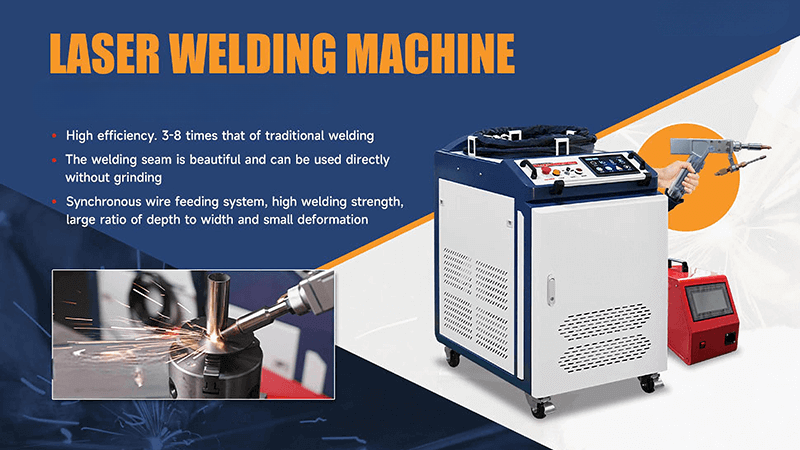
How thick of metal can a laser welder weld?
This is one of the first questions I get from distributors and fabricators. Everyone wants to know if handheld laser welding can really replace industrial-grade systems.
A handheld laser welder can typically weld between 3mm and 10mm of stainless steel, carbon steel, or aluminum, depending on power level. The thicker the metal, the higher the laser wattage you need.
Here’s what Kirin Laser recommends based on real test data:
| Power | Stainless Steel | Carbon Steel | Aluminum Plate |
|---|---|---|---|
| 1000W | 3mm | 3mm | 3mm |
| 1500W | 5mm | 4mm | 4mm |
| 2000W | 6mm | 5mm | 5mm |
| 3000W | 10mm | 10mm | 7mm |
Why thickness matters
It’s all about penetration depth5. Too little power, and you won’t achieve full fusion. Too much, and you risk burn-through. The right match ensures strength and visual quality.
From my own shop tests, a 2000W handheld model welded 5mm carbon steel6 flawlessly, producing smooth beads with almost no slag. On thicker plates, I noticed that adjusting travel speed was key. Unlike arc welding, you can control depth simply by slowing down slightly.
Real-world tip
For heavy fabrication—say, 8–10mm steel plates—a 3kW system like Kirin’s premium model is ideal. But if you mostly handle auto repair, stainless kitchenware, or thin sheet metal, 1500W is usually enough.
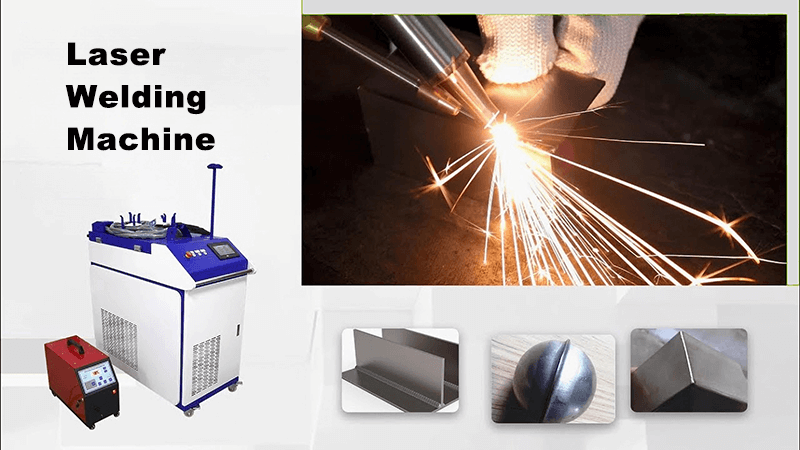
Can a laser welder cut?
Many people still assume that laser welders are only for joining metals. But the truth is, they can also do light cutting and trimming when equipped properly.
Yes, modern handheld laser welders like Kirin’s LightWELD can also cut thin metals. The same focused laser beam that welds can slice through steel, aluminum, and copper sheets up to 3–5mm thick.
How it works
When switched to cutting mode7, the system focuses energy into a narrow beam spot. The operator can follow a seam, edge, or contour line, and the laser melts the metal cleanly away. The result is a sharp edge with minimal burrs or oxidation.
| Power | Cutting Capability | Common Use |
|---|---|---|
| 1200W | Up to 2mm | Thin sheet trimming |
| 1500W | Up to 3mm | Maintenance and repairs |
| 2000W | Up to 4mm | Fabrication and prototyping |
| 3000W | Up to 5mm | Small structural cutting |
From my perspective
When I first tried the cutting mode, I was surprised how easily it handled stainless seams. It didn’t replace a full-size CNC cutter8, but for field repair work, it was unbeatable. I used it to trim excess metal around welded joints—clean, fast, and without switching machines.
One customer even called it “the Swiss Army knife of metalwork,” and I couldn’t agree more.
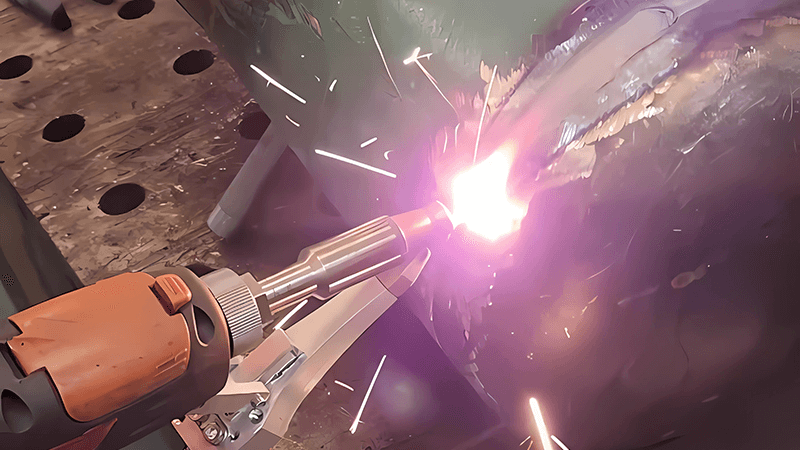
Conclusion
After working hands-on with Kirin Laser’s LightWELD handheld system9, I can say it’s more than a welding tool—it’s a full metal-processing solution. You can weld, clean, and cut using one device, saving space, time, and money. For small to medium workshops, the ROI and versatility make it a solid investment. Match the power level to your production needs, and you’ll unlock precision in every beam—just like our motto says.
-
Understanding TIG and MIG systems helps in comparing their efficiency and cost-effectiveness with laser welding, aiding in informed purchasing decisions. ↩
-
Explore the advantages of Kirin Laser machines, including cost savings and efficiency improvements in welding processes. ↩
-
Explore the advantages of handheld laser welders to understand their precision and efficiency in metalworking. ↩
-
Learn about the cleaning mode in laser welders to see how it enhances surface preparation and improves welding outcomes. ↩
-
Understanding penetration depth is crucial for achieving optimal weld quality and strength, making this resource invaluable for welders. ↩
-
This link will provide expert techniques and tips for welding 5mm carbon steel, ensuring strong and clean welds. ↩
-
Explore this link to understand how cutting mode enhances precision and efficiency in laser cutting applications. ↩
-
Learn about CNC cutters to see how they compare to laser cutting systems in terms of capabilities and applications. ↩
-
Find the best laser welding machine and laser welding solutions from Kirin Laser, clicking this link to get all your needs for your business. ↩





